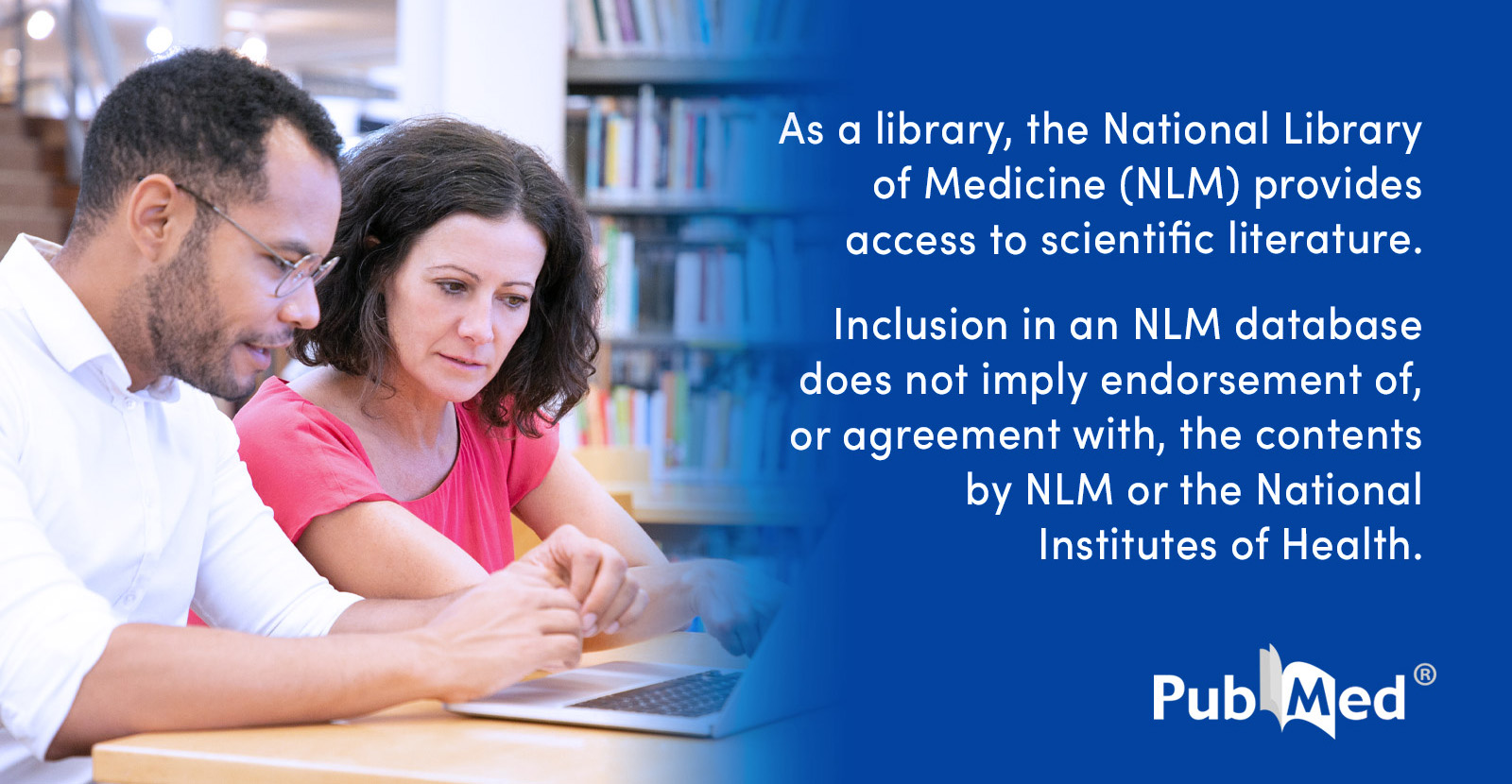Predicting Low Blood Pressure During Dialysis: A Deep Learning Approach
Predicting Low Blood Pressure During Dialysis: A Deep Learning Approach

Hey friend, ever heard of intradialytic hypotension (IDH)? It’s basically a dangerous drop in blood pressure during dialysis treatment, something doctors really want to avoid. Traditionally, predicting this has involved using a lot of patient data, raising privacy concerns. But guess what? Researchers in Korea developed a super clever way to predict IDH without compromising patient privacy!
They used a deep learning model – a type of artificial intelligence – trained on data from thousands of dialysis sessions. The cool part? Instead of relying on sensitive patient information, they only used data directly from the dialysis machine itself. Think things like blood pressure readings and flow rates – stuff that doesn’t reveal a patient’s identity.
They tested their model against other prediction methods, like logistic regression and XGBoost (other machine learning techniques). The deep learning model totally crushed the competition! It accurately predicted IDH events with impressive results, achieving an area under the ROC curve (AUROC) of over 0.9 in some cases. The AUROC is a measure of how well the model distinguishes between patients who will experience IDH and those who won’t – a higher number means better prediction.
The researchers used three different definitions of IDH to test their model’s robustness. They looked at situations where blood pressure dropped below 90 mmHg, dropped by at least 20 mmHg from the baseline, and a combination of both. In all cases, the deep learning model showed excellent performance.
So, what does this mean? This new approach offers a safer and more effective way to predict IDH, potentially leading to better treatment and preventing dangerous complications for dialysis patients. It’s a great example of how AI can improve healthcare while safeguarding patient privacy – a win-win!
Disclaimer: This content is aggregated from public sources online. Please verify information independently. If you believe your rights have been infringed, contact us for removal.